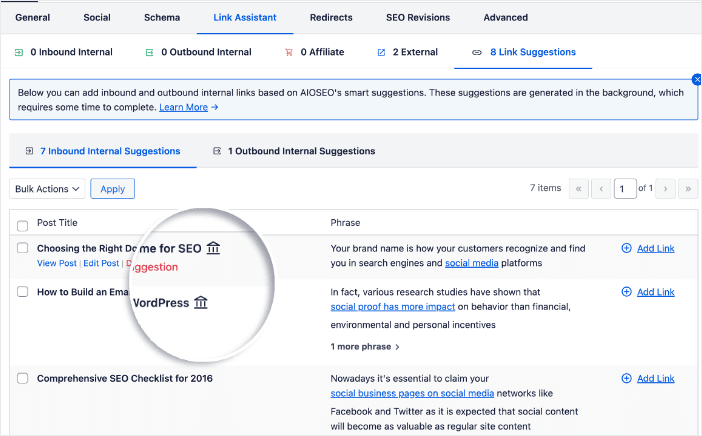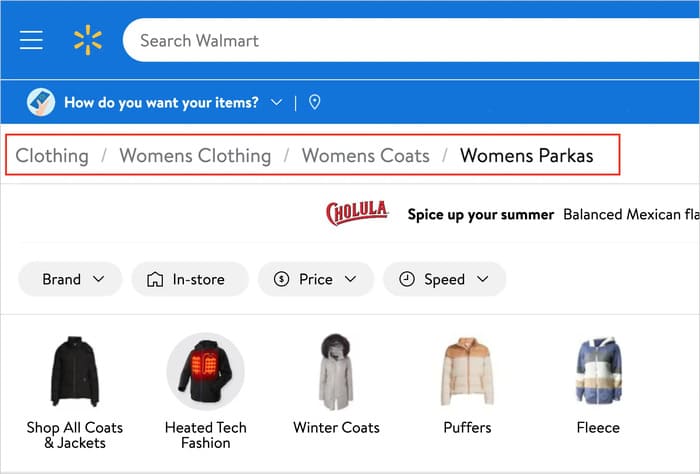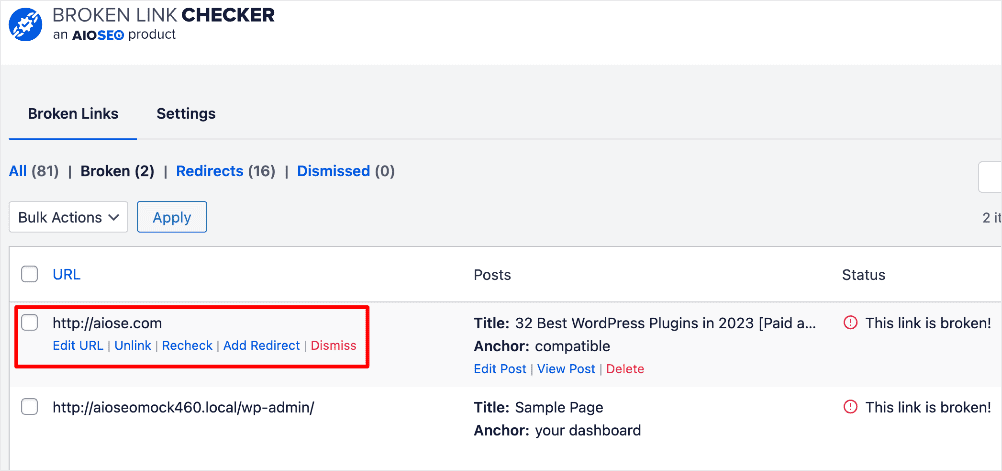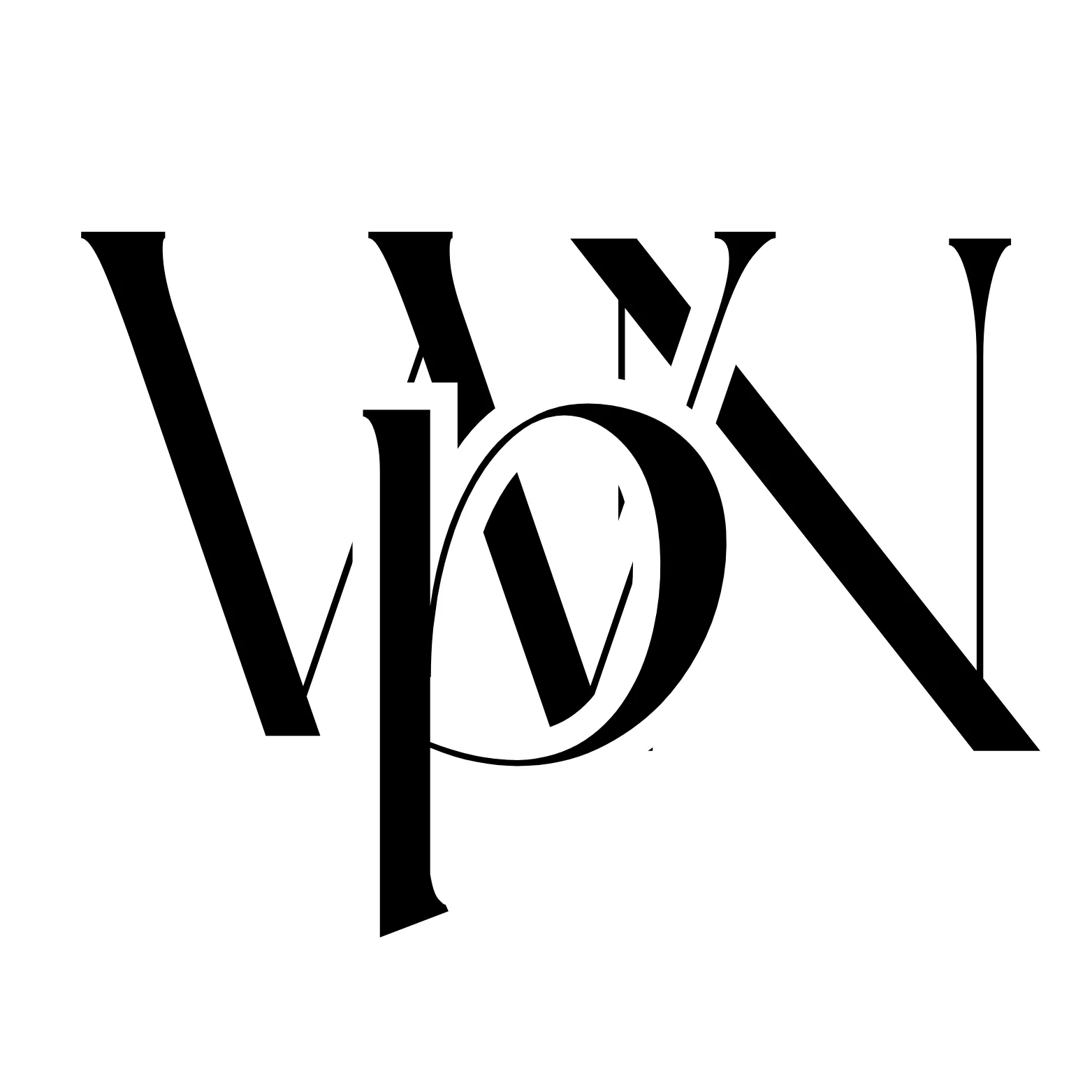Looking for internal linking best practices to help you rank higher on search engines?
If you’re like me, you’re always looking for ways to enhance your website’s performance and improve its search engine rankings. While many focus on external factors, such as backlinks, I’ve found that the often-overlooked strategy of internal linking holds immense power to unlock significant SEO gains and enhance the user experience.
In this comprehensive guide, I’ll delve into what I consider the essential internal linking best practices. I’ll explore why this strategy is more critical than ever, drawing on my experience and the latest insights from fellow SEO experts, as well as search engine guidelines.
In This Article
- What Is Internal Linking (And Why Does It Matter in 2025)?
- 9 Actionable Internal Linking Best Practices That Work
- 1. Use the Right Internal Linking Tool
- 2. Build a Strong Foundation With Strategic Content Creation
- 3. Identify Strategic Internal Linking Opportunities
- 4. Prioritize Contextual Links Within My Content
- 5. Master the Art of Descriptive Anchor Text
- 6. Leverage High-Authority Pages Strategically
- 7. Implement Breadcrumb Navigation
- 8. Conduct Regular Internal Link Audits
- 9. Balance Link Quantity With User Experience
- Internal Linking Best Practices: Your FAQs Answered
- Boost Your SEO With These Internal Linking Best Practices
What Is Internal Linking (And Why Does It Matter in 2025)?
Internal linking refers to the practice of creating hyperlinks that connect one page on your website to another page on your website. I like to think of it as building pathways within a digital property. These links differ from external links, which point to pages on different domains.
Internal links are important for several reasons. Here are my top 4:
Improved Crawlability and Indexing
Search engines like Google use crawlers (or bots) to discover and understand a website’s content. Internal links act as signposts, guiding these crawlers through the site. A well-structured internal linking network ensures that search engines can easily find, crawl, and index all your important pages, even those buried deep within the site architecture.
Without clear pathways, your valuable content might remain undiscovered.
Distribution of Link Equity (PageRank):
Not all pages on a website are created equal in the eyes of search engines. Some pages, often those with high-quality backlinks from external sources, accumulate more authority or link equity. Internal links allow you to strategically distribute this authority from your stronger pages to other relevant pages on your site. This process can significantly boost the ranking potential of pages that might otherwise struggle to gain visibility.
Enhanced User Experience (UX) and Engagement
Beyond the technical SEO benefits, internal links play a vital role in how users navigate your site. They provide context and guide visitors to related articles, products, or resources, making it easier for them to find the information they need. This seamless navigation encourages users to spend more time on your site, explore more content, and potentially convert, all of which are positive signals to search engines.
Establishing Site Architecture and Context
Internal links help define the structure and hierarchy of a website. By linking related content together, you can establish topical relevance and demonstrate expertise in specific areas. This helps search engines understand the relationship between your pages and the overall topics your website covers, reinforcing the site’s authority on those subjects.
With search engines increasingly prioritizing user experience and content relevance (as emphasized by Google’s Helpful Content update), I firmly believe a thoughtful internal linking strategy is no longer optional–it’s a cornerstone of effective SEO.
9 Actionable Internal Linking Best Practices That Work
Now that I’ve covered the critical role of internal linking, let’s dive into some internal linking best practices I implement for top performance. These strategies extend beyond simple link placement. They focus on creating a cohesive, user-friendly, and search engine-optimized site structure.
1. Use the Right Internal Linking Tool
The first step to building strategic internal links is to use the right internal linking plugin. For WordPress users, it doesn’t get better than All In One SEO (AIOSEO).
AIOSEO is the best WordPress SEO plugin on the market. It’s trusted by over 3 million savvy website owners and marketers to help them dominate search engine results pages (SERPs) and drive relevant traffic to their sites. This is because the plugin has many powerful SEO features and modules to help you optimize your website for search engines and users.
For detailed instructions on installing AIOSEO, check out our installation guide.
Regarding internal linking best practices, AIOSEO has a powerful internal linking tool called Link Assistant.

This tool helps you identify linking opportunities, manage anchor text, and even suggests which pages should link to each other. It also helps you easily find and fix orphaned pages.
For detailed information, check out our tutorial on using Link Assistant to build strategic internal links.
2. Build a Strong Foundation With Strategic Content Creation
For me, effective internal linking starts before I even place a link. It begins with creating a substantial amount of high-quality, relevant content. I’ve learned you can’t link pages together meaningfully if those pages don’t naturally flow. I focus on developing comprehensive content around my core topics.
Another tip here is to organize this content using a pillar page and topic cluster model. Pillar pages cover broad subjects extensively, while cluster pages delve into specific subtopics, all linking back to the main pillar and to each other. This structure naturally creates opportunities for relevant internal linking, helping me establish topical authority and making it easier for both users and search engines to navigate my expertise.
Sound tedious?
It’s actually easy if you use AIOSEO’s Cornerstone Content feature. It helps you mark your pillar pages as cornerstone content (denoted by an icon of a building).

Once that’s done, you can use Link Assistant to build clusters around your pillar pages. For more details, check out our tutorial on creating cornerstone content in WordPress.
3. Identify Strategic Internal Linking Opportunities
Now that we have created link-worthy, high-quality content, the next step is to identify linking opportunities. Again, Link Assistant makes this super easy to do. Simply navigate to Link Assistant in the AIOSEO dashboard and review the linking suggestions provided.
Choose the relevant internal links and click Add Link to connect pages.

Need a step-by-step guide?
Check out this detailed tutorial: How to Add Internal Links in WordPress.
4. Prioritize Contextual Links Within My Content
I find the most valuable internal links are typically those embedded naturally within the body of the content. These are known as contextual links. Instead of relying solely on navigational links (like menus or footers), I strategically place links within paragraphs where they genuinely add value for the reader.
One tip here is to link to other pages on your site that offer more detailed information, related products, or supporting resources. The key here is relevance and natural integration. Ask yourself, “Would a user reading this find it helpful to click this link for more context or information?”
These contextual links also provide strong signals to search engines about the linked page’s topic. They also improve the user journey by offering seamless pathways to related content.
5. Master the Art of Descriptive Anchor Text
Anchor text, the visible, clickable text of a hyperlink, is crucial for both users and search engines. When adding internal links, avoid generic phrases like “click here,” “read more,” or “learn more.” Instead, use descriptive, relevant anchor text that accurately reflects the content of the linked page. For example, instead of linking to “Click here for our guide,” I’d link to the phrase “guide to internal linking.” This provides clear context.
While incorporating relevant keywords to anchor text is beneficial, avoid unnatural keyword stuffing. Google’s guidelines emphasize writing naturally, and that’s what you should stick to. Also, try to diversify your anchor text. Using the exact same anchor text for multiple links pointing to the same page can look unnatural. I like to use variations and synonyms where appropriate, always prioritizing clarity and user understanding.
For more details, check out our anchor text guide.
6. Leverage High-Authority Pages Strategically
Another internal linking best practice I’ve seen success with involves using high-authority pages strategically. To do this, identify the pages on your website that already have significant authority or those that drive a lot of traffic.
These are your power pages.
I strategically link from these high-authority pages to other important, relevant pages on my site that I want to boost. This is a highly effective way to pass link equity and improve the rankings of target pages, including new content or pages deeper in the site structure. This also results in more traffic being strategically funneled to those pages.
How do I identify these high-authority pages?
I use tools like Semrush’s Backlink Analytics or Ahrefs’ Site Explorer to identify my most authoritative pages (often those with the most referring domains or highest URL rating). I also check for my most trafficked pages. One way I do this, if I don’t want to leave my WordPress dashboard, is to use AIOSEO’s Search Statistics.

This powerful Google Search Console integration gives me a lot of data about my site and individual pages. In this particular case, I check the Content Performance report to see which posts and pages have the most Search Impressions (greatest visibility on SERPs). These are the pages I can use to boost other pages on my site.

What I love about AIOSEO is that I can click on these posts, and I see more information about them. Most importantly, I can even see inbound and outbound linking opportunities. This makes it super easy to execute this internal linking strategy.
For more tips, check out our article on how Link Assistant saves you time on internal linking.
7. Implement Breadcrumb Navigation
Breadcrumbs are a secondary navigation system that shows users their location within the site’s hierarchy. They typically appear near the top of a page and look something like this: Home > Category > Subcategory > Current Page.
Here’s an example:

Breadcrumbs serve 3 key purposes:
- Significantly improve user experience by making navigation intuitive.
- Help search engines understand your structure.
- Improve crawlability as they help search engines discover pages on your site.
By clearly outlining the path, breadcrumbs reinforce the relationship between pages and provide additional opportunities for internal linking.
Thankfully, implementing breadcrumbs is super easy with a powerful SEO plugin like AIOSEO. It has an easy-to-use breadcrumbs editor. For instructions on how to use it, check out our tutorial on adding breadcrumbs in WordPress.
8. Conduct Regular Internal Link Audits
Internal linking is not a set-it-and-forget-it task. Websites evolve, content gets updated or removed, and new opportunities arise. I regularly audit my internal links to ensure they are still relevant and functional.
For broken links, I’ve found the best tool for the job to be Broken Link Checker (BLC). This handy tool scans your site regularly to identify broken links. It then gives you options for how you would like to fix them.

You can:
- Edit the URL
- Unlink
- Recheck
- Add Redirect
- Dismiss
Check out our tutorial on finding and fixing broken links for more details.
Fixing broken links is crucial for both user experience and crawlability. These audits also help me identify opportunities to add new internal links to support new content or strengthen existing topic clusters.
9. Balance Link Quantity With User Experience
While internal links are beneficial, avoid overwhelming users or search engines with an excessive number of links on a single page. There’s no magic number, but focus on quality over quantity. Each link should serve a purpose and provide genuine value to the reader. Too many links can make content difficult to read and can dilute the link equity passed by each individual link.
So, how should you handle this?
Place links naturally within the content flow. Consider user experience—are the links helpful guides or distracting clutter?
I prioritize linking to my most important pages and ensure the surrounding text provides adequate context. For me, a thoughtful, user-centric approach is always the best practice.
Internal Linking Best Practices: Your FAQs Answered
What is internal linking?
Internal links are hyperlinks that connect different pages within the same website. They keep visitors within your ecosystem, helping them discover related content while spreading SEO value between pages.
Why are internal links important?
Internal links are important because they help with:
- Establishing website hierarchy
- Improving indexing
- Improved site navigation
- Spreading link equity
How many internal links should I add per page?
There isn’t a strict rule or magic number. Google itself doesn’t specify a limit, but emphasizes user experience. My advice is to focus on relevance and value rather than quantity. Add links where they genuinely help the user navigate to related, useful content.
What’s the difference between internal and external links?
Internal links connect pages within the same website (your own domain). They help users and search engines navigate your site and distribute link equity internally.
External links, on the other hand, point from your website to a page on a different website (another domain). I use these for citing sources, providing additional resources, or linking to partners. Both types of links are important for SEO, but they serve different functions.
Do internal links really help SEO that much?
Yes, absolutely. While often overshadowed by the focus on external backlinks, I consider internal links a fundamental pillar of on-page SEO. They directly impact:
- Crawlability
- Indexation
- Distribution of PageRank (link equity)
- User experience
- Establishment of topical relevance
From what I’ve seen, a strong internal linking strategy can significantly improve a website’s ability to rank for target keywords by making it easier for search engines to understand the content and by boosting the authority of important pages.
What is the best internal linking tool?
The best internal linking tool is All In One SEO (AIOSEO). Its powerful Link Assistant feature makes it easy to add and manage internal links on your site. It also helps eliminate orphaned pages, which can lead to crawling issues.
Boost Your SEO With These Internal Linking Best Practices
Mastering internal linking is no longer just an SEO tactic. It’s a strategic imperative for any website aiming for top performance. By thoughtfully connecting your content, you create clear pathways for search engines to crawl and understand your site, effectively distribute valuable link equity, and, most importantly, provide a seamless and enriching experience for your users.
I hope this post helped you discover internal linking best practices to help boost your SEO. You may also want to check out other articles on our blog, like our list of the best content analysis tools or our ultimate guide to link building.
If you found this article helpful, then please subscribe to our YouTube Channel. You’ll find many more helpful tutorials there. You can also follow us on X (Twitter), LinkedIn, or Facebook to stay in the loop.
The post Internal Linking Best Practices for Top-Performing Websites first appeared on AIOSEO.
Source link

